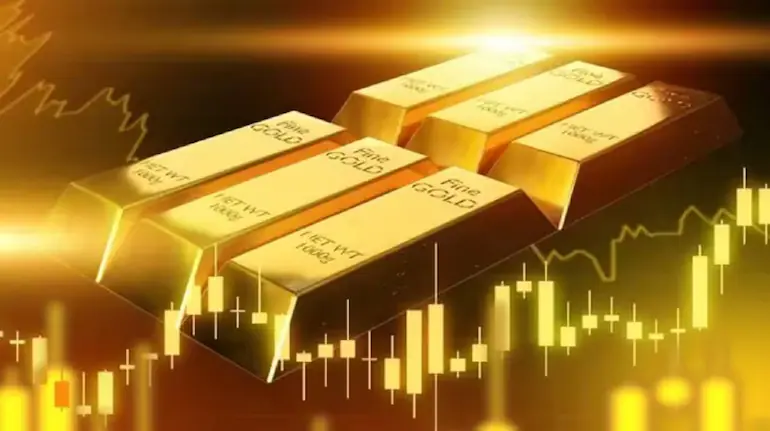





Gold’s Ascent Tests Safe‑Haven Orthodoxy as Central Banks and Retail Buyers Drive Records
Gold has shed its quiet, cyclical role and vaulted into the centre of global markets. Spot bullion has pierced successive milestones this month — trading above $4,000 an ounce for the first time and touching levels north of $4,300 — as a confluence of central‑bank buying, ETF inflows, weaker real yields and geopolitical unease has sent the metal on a blistering run.
The mechanics are straightforward but powerful. Central banks have flipped from sellers to voracious buyers: official purchases are running at roughly 1,000 tonnes a year, according to long‑term industry tallies, and the World Gold Council recorded its largest monthly ETF inflows in September. That institutional demand has been compounded by retail appetite — from long lines outside Sydney bullion dealers to the seasonal rush ahead of India’s Dhanteras and Diwali — lifting both price and public attention.

“Central banks are still buying record amounts of gold, and private investors are simply catching up as the Fed cuts rates,” said Lina Thomas, a research analyst at Goldman Sachs, arguing the move is rooted in fundamentals rather than an outright fever. Goldman and other banks have raised near‑term forecasts, citing structural reserve accumulation and a shift in portfolio allocations after years of underweight positions.
Monetary policy expectations have tightened this thesis. The increasingly widespread view that the Federal Reserve will ease policy later this year has pushed real yields lower — a classic bullish impulse for an asset that offers no coupon. The dollar’s retreat — down from multi‑year highs earlier in the cycle — has further amplified returns in dollar terms and encouraged international buyers to step into the market.
Politics and geopolitics provide a second, less quantifiable driver. Sanctions, trade frictions and public questioning of the Fed’s independence have nudged both central banks and private holders toward assets perceived as free of counterparty risk. Bloomberg’s recent analysis framed gold as a “heart‑rate monitor” for the global financial system: a sharp rise in price is as much an indicator of anxiety about the monetary order as it is an investment choice.
That combination has even lifted other precious metals. Silver has surged to multi‑decade highs, reflecting both investor flows and stronger industrial demand tied to electric vehicles and clean‑energy supply chains. Mining sector activity has responded: China’s Zijin raised $3.2bn in a major IPO this year, underscoring investor enthusiasm for mining exposure.
Still, the rally carries fault lines. Technical traders and commentators have warned that bouts of profit‑taking are likely when prices trade in overstretched territory — FXStreet noted short‑term support in the $4,280 area while markets paused around $4,350. The same political fixes that lifted gold — a de‑escalation in trade tensions, a calmer fiscal backdrop in the US, or a reassertion of central bank independence — could reverse some of the flows and compress premiums rapidly.
For investors the calculation is now about sizing: whether gold is a temporary haven or the start of a multi‑year rebalancing away from a dollar‑centric world. For central banks, the metal has become a tactical instrument of insurance and diplomacy. And for policymakers, the market offers an uncomfortable signal: that confidence in fiat commitments has eroded enough to make a non‑sovereign, non‑yielding asset the favoured refuge. That story — partly economic, partly political — is what keeps the metal from being merely another market bubble.
Trump’s Tariffs and UK Sanctions Squeeze India’s Economy Amid Global Trade Turmoil
The ripple effects of former President Donald Trump’s aggressive trade policies and the UK’s latest sanctions on Russian oil…
The NFL’s Two Faces on Health: Teaching CPR While Players Bleed from Preventable Hits
As the league rolls out glossy safety campaigns, the product on the field tells a tougher story…